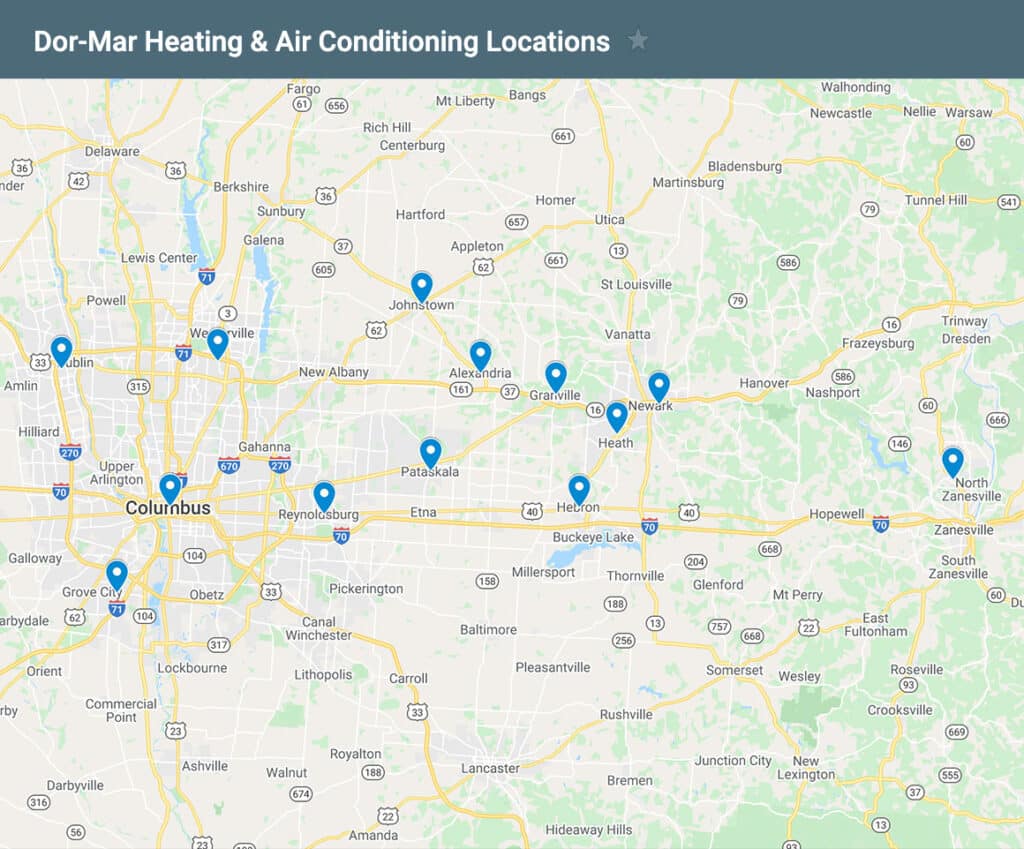Lung cancer is one of the leading causes of death worldwide, and many people don’t realize that radon gas is a major contributing factor. Despite its dangerous effects, radon often goes unnoticed because it is completely invisible and has no smell or taste. This makes it a silent threat lurking in homes across the country.
If you’ve never tested your home for radon, now is the time to take action. Learning about radon, how it affects health, and how to prevent exposure can save lives.
What Is Radon and Why Is It Dangerous?
Radon is a radioactive gas that forms when uranium in soil, rock, and water naturally breaks down. This process releases radon gas, which can rise through the ground and enter homes through cracks in foundations, basement floors, and even water sources. Since radon is a natural part of the environment, it can be found everywhere, but certain areas have higher concentrations than others.
Once inside a home, radon can build up to dangerous levels, especially in poorly ventilated spaces. Unlike other household dangers like carbon monoxide, radon doesn’t cause immediate symptoms, which makes it difficult to detect without proper testing. Long-term exposure to high levels of radon damages lung tissue and significantly increases the risk of lung cancer—even in non-smokers.
According to the EPA, radon is the second leading cause of lung cancer in the United States, responsible for over 20,000 deaths annually. The longer someone is exposed to radon, the greater their chances of developing lung cancer. The good news is that radon testing is easy, and mitigation solutions are available to reduce exposure levels.
How Radon Exposure Leads to Lung Cancer
The Science Behind Radon and Cell Damage
When radon gas is inhaled, radioactive particles become trapped in the lungs. Over time, these particles emit radiation that damages lung tissue at the cellular level. This damage leads to mutations in the DNA of lung cells, which can eventually develop into cancerous growths.
Unlike some environmental toxins that cause immediate symptoms, radon exposure works silently over the years. Even people who have never smoked can develop lung cancer from prolonged radon exposure. The risk increases significantly for smokers, as the combination of tobacco smoke and radon creates a much higher likelihood of lung damage.
How Long Does It Take for Radon to Cause Health Issues?
Radon exposure doesn’t lead to immediate health problems. Instead, it works gradually, often taking years or even decades before symptoms of lung cancer appear. By the time a person starts experiencing symptoms such as a persistent cough, chest pain, or difficulty breathing, the disease is often in an advanced stage.
This delayed effect makes regular radon testing critical, especially for homeowners and renters living in areas known for high radon levels. The sooner high levels are detected, the sooner action can be taken to reduce exposure and lower the risk of developing lung cancer.
Radon in Homes: Are You at Risk?
Where Does Radon Come From?
Radon originates from the natural decay of uranium found in soil and rock. Since it is a gas, it can easily move through the ground and enter buildings. Some common entry points include:
- Cracks in foundations and basement walls
- Gaps around pipes and wiring
- Sump pumps and crawl spaces
- Well water that contains radon
Levels vary depending on soil composition and home construction. Even homes built on low-radon soil can still have elevated radon levels due to factors like poor ventilation or structural gaps that allow radon to enter.
While radon is more common in some geographic regions, no home is completely safe without testing. Even two homes built next to each other can have vastly different radon levels.
How to Detect Radon in Your Home
Testing is the only way to determine if radon levels in your home are safe. Because radon has no smell or color, it cannot be detected by human senses. There are two primary testing methods:
- Short-term tests: These take 2-7 days and provide a quick snapshot of radon levels. They are useful for initial screening.
- Long-term tests: These measure radon levels over 90 days or more, offering a more accurate representation of average exposure levels.
Radon test kits are available online and at home improvement stores. They are easy to use and provide results within a few weeks. For the most accurate assessment, hiring a professional radon testing service is recommended.
Reducing Radon Exposure to Protect Your Health
Best Ways to Lower Radon Levels
If radon testing reveals high levels in your home, several steps can be taken to reduce exposure:
- Increase ventilation: Opening windows and using fans can help reduce radon levels by improving airflow and allowing gas to escape.
- Seal cracks and gaps: Use caulk or other sealants to close openings in your home’s foundation where radon could enter.
- Install a radon mitigation system: These specialized systems use ventilation pipes and fans to safely redirect radon gas outside before it can accumulate indoors.
Taking these preventive measures can significantly lower radon levels and improve indoor air quality, reducing long-term health risks.
When to Call a Professional for Radon Mitigation
If radon levels in your home exceed 4.0 pCi/L, the EPA strongly recommends hiring a professional mitigation specialist. These experts install advanced radon reduction systems that safely remove radon before it builds up to dangerous levels.
While some DIY methods can help reduce radon exposure, professional systems are the most reliable and effective solution. A properly installed radon mitigation system can reduce radon levels by up to 99%, providing peace of mind for homeowners and renters alike.
Final Thoughts: Why Radon Testing Is Essential
Radon is a silent but deadly threat that affects thousands of homes every year. Because it is impossible to detect without testing, homeowners and renters must be proactive about checking their indoor air quality.
A simple radon test can be life-saving. If high levels are detected, taking action to reduce exposure can prevent lung cancer and protect your family’s health.
If you haven’t tested your home for radon yet, now is the time. Protect yourself and your loved ones by ensuring the air you breathe is safe from this invisible hazard.
Don’t Wait – Get Your Home Tested for Radon
If you are not sure if your home has issues with radon gas, it’s best to get it tested. And it’s easy as a quick phone call Dor-Mar Radon Testing & Mitigation at (740) 675-1103 to arrange for a radon test. Or you can use the convenient form on our Radon Testing page.















